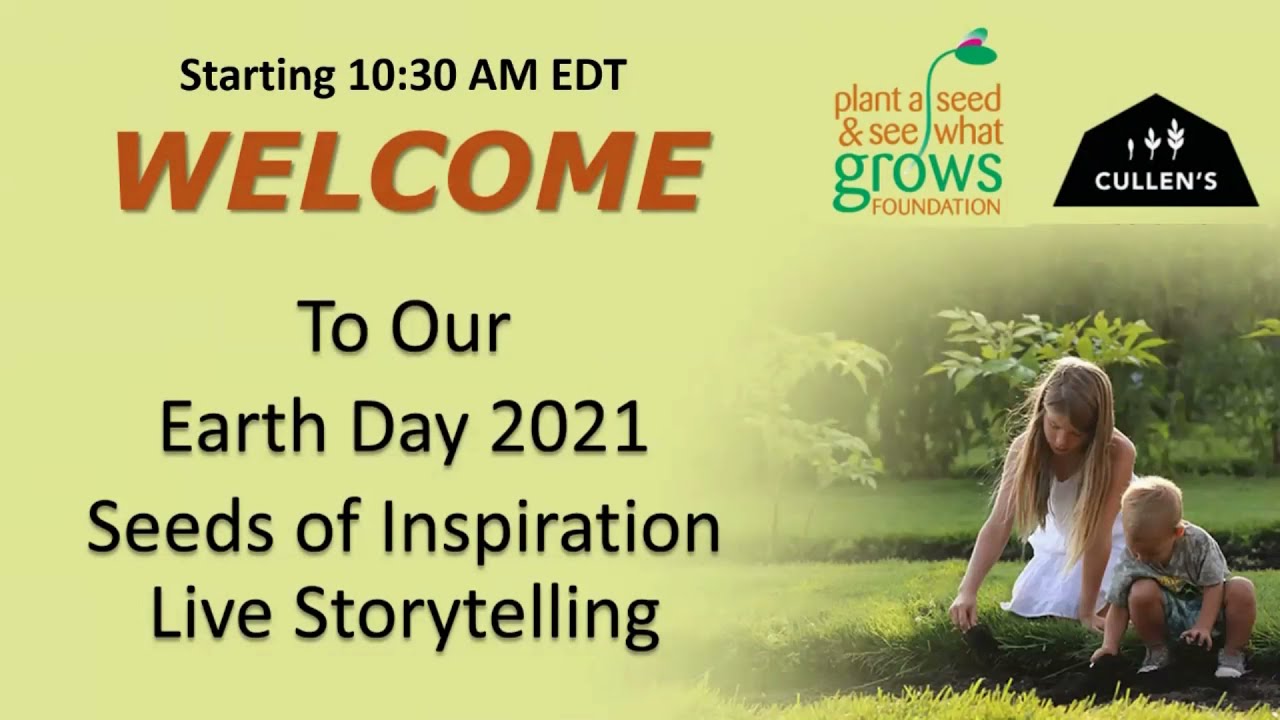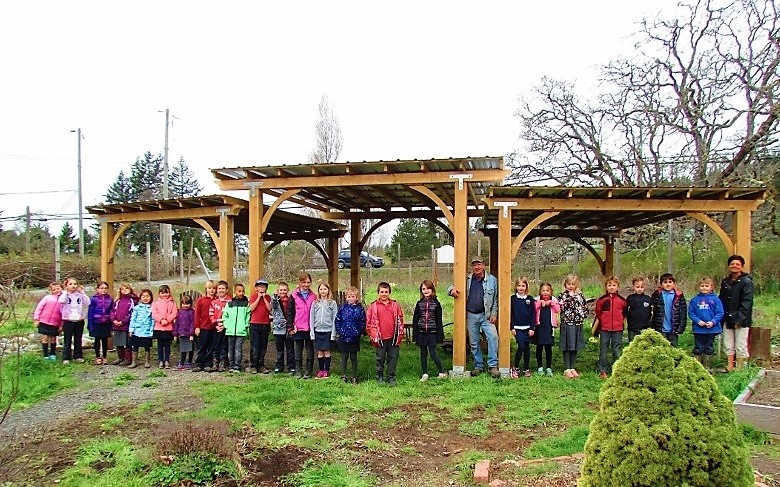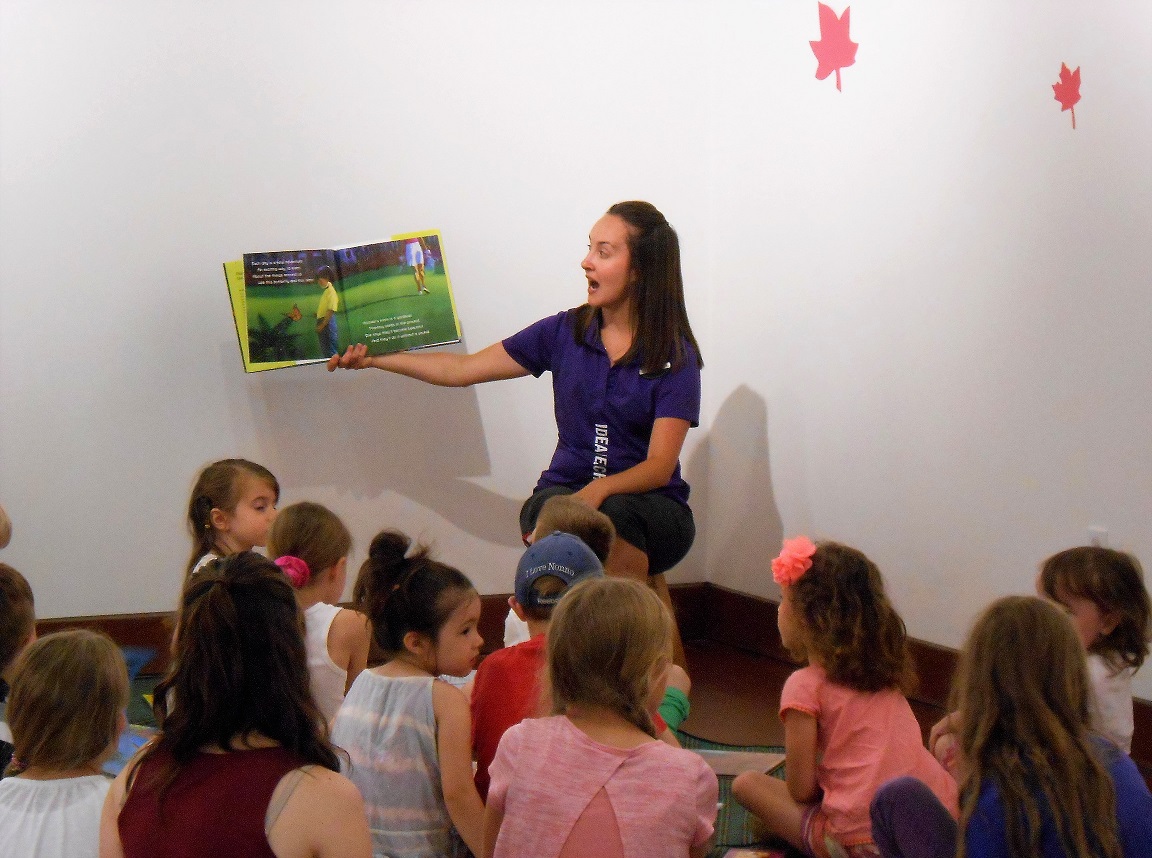Teaching Kids to Prioritize
The concept of multitasking is purported as being beneficial in the grownup world of workplace productivity. However, it is not something that the adolescent mind is prepared for. Even when a child is excited about a given project or goal, attempts to juggle too many things at a young age can have a number of detrimental mental and emotional effects, including the following:
- Increased stress and anxiety.
- Feelings of being overwhelmed, cognitive fatigue, and subsequent burnout.
- Loss of focus and concentration.
- Mood swings and emotional instability.
- Increased production of stress hormones (i.e. cortisol and adrenaline) which may compromise sleep and have long-term negative effects on physical health.
- Lowered self esteem from not being able to complete a goal on-time and/or to satisfaction.
- Development of longterm indecisive behavior.
- Development of longterm procrastinating behavior.
As adults, parents can relate to these things and certainly don’t want their kids to experience any of it. In having witnessed your own child exhibit an early challenge in multitasking, you have made it a priority to teach your them how to prioritize accordingly. The Plant a Seed & See What Grows Foundation is here to help. Let’s review!
Practical Yet Powerful Ways to Teach Your Child to Prioritize Tasks and Complete Goals They Care About
I. Create a Clearly Detailed Roadmap for Projects
Work with your child to create a defined roadmap that covers required tasks in order of priority from the beginning to the end of a project/goal. Consider following the Eisenhower Matrix, which is just a fancy reference to breaking things down into an order of priority based on their urgency and importance as follows:
- Urgent and important tasks – Tasks that need to be done immediately and are of high importance.
- Important but not urgent tasks – Tasks that are important but can be scheduled for later.
- Urgent but not important tasks – Tasks that are urgent, but not important in the grand scheme of things.
- Neither urgent nor important tasks – Tasks that are neither important nor urgent and can typically be sidelined or delegated to someone else.
A popular alternative to the Eisenhower Matrix, is one that sounds more appropriate to younger children, although the concepts are essentially the same. This is called the ABCDE method which is summarized as follows:
- A tasks – Most important and urgent tasks that must be given top priority. An example is completing and submitting your family household’s form to claim a space in a community garden plot by the designated deadline.
- B tasks – Important but not as urgent as A tasks that still contribute to goals but can be done later. An example includes deciding what crops your family wants to grow and acquiring required seeds and materials in advance of the approaching planting date.
- C tasks – These are low priority, with low urgency, but are a necessary part (as far as your child sees it!) of the process nonetheless. An example includes selecting paints and brushes to decorate the fence area that delineates your family’s planting beds.
- D tasks – Also are low priority, with low urgency, but can be delegated to those less invested in the project without compromising the integrity of the project. An example includes letting your child pick which younger sibling gets to rinse out the watering can each day in the garden ;)
- E tasks – Tasks that were considered, but can ultimately be eliminated.
While a digital copy of this roadmap is recommended (and beneficial for collaboration) it should also be physical (construction paper or white board) and displayed in the space where they will be working on the project. This will keep them focused and remind them to stick to the priority order, task by task, without jumping around as unknowns and uncertainties arise.
II. Set Boundaries on New Additions to their Workload
Let your child know that it’s OK to say no to extra commitments that may unnecessarily pile on to their project workload and cause them to lose focus on priorities. This challenge often occurs on class projects at school. A project team member (likely a friend) may ask your child to cover one of their tasks because they may not be as confident and/or proficient in that task. While your child may be tempted to take it on, it can disrupt their own itinerary and won’t do their friend/classmate any favors. Your child can still help (which is important!) but do so through encouragement and by providing advice instead of doing the work for their classmate/friend. To paraphrase a well known verse; “if you give a child an apple, they will eat today, but teach a them to grow an apple and they will eat forever”.
Beyond group projects, the rule about setting boundaries also applies to leisure and extra-circular activities that may disrupt their project/goal priorities. That’s not to say that they don’t get to enjoy plenty of leisure time, as they can pencil it into the agenda too. It’s all about planning!
EXTRA TIP: Task-Snacking for Health, Happiness, and Productivity
People of all ages have a habit of skipping square meals and resorting to snacking while juggling multiple tasks. For the sake of convenience, they reach for prepackaged snacks that are excessively sugary and salty. The problem with this, is that excessive sugar and salt consumption can negatively impact a child’s moods and emotions which are already challenged by task management. Processed sugar, for instance, causes blood sugar to spike and then crashes, leading to mood swings and increased anxiety. Similarly, high salt intake has been linked to a higher instances of feelings of anxiety and depression. Conversely, natural “finger foods” such as berries and nuts are rich in antioxidants, vitamins, and minerals that contribute to healthy brain function and mood regulation.
We hope everything above was helpful. Meanwhile, please note that the Plant a Seed & See What Grows Foundation inspires and promotes healthy living and learning for kids across Canada. You can help us help the next generation by pledging your support too! View more on how you can get involved.









